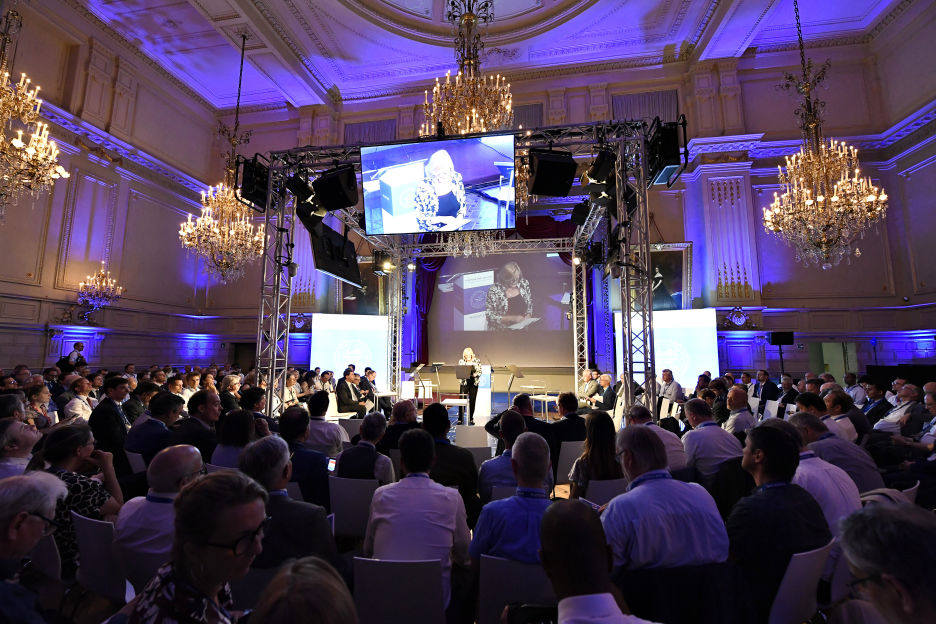EUROFER's Engage | Webinar - Future-proofing industrial emissions legislation is taking place on 8 September from 14:30 till 16:00.
Registration has now closed, but you can watch the event live here from 14:30 CET on 8 September 2021.
About the webinar
Future-proofing industrial emissions legislation
In the context of the EU Green Deal, the European Commission is currently assessing the options for the revision of the Industrial Emissions Directive (IED), a key regulatory component of European industrial installations – and in particular how to make it fully consistent with climate, energy and circular economy policies.
EUROFER members are firmly committed to transitioning the steel industry towards a clean, low-carbon future. This transition must take place gradually and in an orderly manner by recognising that our sector is undergoing a deep transformation, with major investments slated for the next decade.
How can innovations identified by an Innovation Observatory be properly assessed for the IED-regulated sectors in an integrated way? What will a ‘Best Available Technique’ (BAT) look like after the revision of the IED and how to encourage installations to test emerging techniques? If Greenhouse gas emissions are to be included in IED permitting, how does this affect the cost-effectiveness approach of the EU ETS? Where is the untapped potential for the circular economy, resource efficiency and waste minimisation in an industrial installation?
This webinar will discuss the general challenges and opportunities of the key envisioned options for the revision of the IED and use the steel sector as a ‘case study’ to future-proof the IED for a successful transformation of the EU industry.
When & where?
The webinar will take place on Wednesday, 8 September 2021 from 14:30-16:00 online, via Zoom.
Who is invited?
The seminar is open to anyone interested in finding out about the impact of EU climate policy on the EU steel industry.
Schedule
Times are indicative only
14:30 | Presentation
Challenges and opportunities of the revision of the IED
- Eva Blixt, Chair of EUROFER Working Group on Industrial Emissions, Swedish Steel Industry Association; Jernkontoret (confirmed)
14:45 | Panel discussion and Q&A
Moderation by Jacki Davis
The road towards a future-proof IED
- Erik Bergkvist MEP, S&D Group, European Parliament (confirmed)
- Aliki Kriekouki, Senior Policy Officer – Industrial production, European Environmental Bureau (confirmed)
- Tom Boonen, Policy Advisor, Industrial Emissions, Department of the Environment, Government of Flanders (confirmed)
- Eva Blixt, Chair of EUROFER Working Group on Industrial Emissions, Jernkontoret (confirmed)
16:00 | End of discussion


